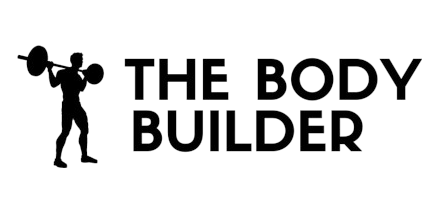Standing Hamstring and Calf Stretch
The Standing Hamstring and Calf Stretch is a great exercise for those looking to increase their flexibility. The exercise begins with looping a belt, band, or rope around one foot and then standing with the foot forward. The back leg is then bent while keeping the front one straight, and the toes of the front foot are raised off of the ground. The belt is then used to pull on the top of the foot in order to increase the stretch in the calf. This exercise should be held for 10-20 seconds and then repeated with the other foot.
Type:
Stretching
Muscles Used:
Hamstrings
Level:
Intermediate
Equipment:
Bands
Benefits Of This Exercise
- The Standing Hamstring and Calf Stretch is an effective way to increase flexibility in the lower body.
- The exercise targets the hamstrings, calves, and glutes to help increase range of motion and reduce the risk of injury.
- By stretching regularly, the muscles of the lower body become more resilient and are better able to withstand the stress of exercise and daily activities.
- The Standing Hamstring and Calf Stretch can help improve posture and reduce back pain.
- The exercise can be done anywhere with minimal equipment, making it an ideal choice for those who are short on time.
Step by Step Instructions For Standing Hamstring and Calf Stretch
- Start by selecting a belt, band, or rope to use for this exercise.
- Stand up straight and place one foot forward.
- Loop the belt, band, or rope around the top of your foot that is forward.
- Bend your back leg while keeping the front leg straight.
- Raise the toes of your front foot off of the ground.
- Lean forward slightly to feel the stretch in your calf.
- Hold this position for 10-20 seconds.
- Release the stretch and repeat the exercise with the other foot.
Warm Up Tips
- Make sure you have a belt, band, or rope available to use for this exercise.
- Stand with one foot forward and loop the belt, band, or rope around that foot.
- Bend your back leg while keeping the front one straight.
- Raise the toes of your front foot off of the ground.
- Lean forward to feel the stretch in your hamstring and calf.
- Use the belt, band, or rope to pull on the top of your foot, increasing the stretch in your calf.
- Hold the stretch for 10-20 seconds.
- Repeat the exercise with the other foot.
Standing Hamstring and Calf Stretch Safety Tips
- Make sure to use a belt, band, or rope that is secure and will not slip during the exercise.
- Find a stable surface to stand on to prevent any balance issues or falls.
- Keep your back straight and avoid rounding your shoulders during the exercise.
- Start with a gentle stretch and gradually increase the intensity to avoid straining or pulling a muscle.
- Listen to your body and stop if you feel any pain or discomfort.
- Do not force the stretch beyond your comfort level, as this can lead to injury.
- Remember to breathe deeply and relax your muscles while holding the stretch.
- Perform the exercise on both legs to maintain balance and symmetry in your flexibility.
- If you have any pre-existing conditions or injuries, consult with a healthcare professional before attempting this exercise.
- Always warm up your muscles before stretching to prevent injury.
Incorporating Into Other Workouts
The Standing Hamstring and Calf Stretch can be incorporated into workouts in various ways to improve flexibility and warm up the lower body muscles. Here are a few suggestions:
1. Pre-Workout Warm-Up: Perform the Standing Hamstring and Calf Stretch at the beginning of your workout routine to warm up the hamstrings and calves. This will help increase blood flow to the muscles and prepare them for more intense exercises.
2. Leg Day Routine: Include the Standing Hamstring and Calf Stretch in your leg day routine to specifically target the hamstrings and calves. Perform a set of stretches for each leg before moving on to exercises such as squats, lunges, or leg press. This will help improve flexibility and prevent muscle tightness during your leg workout.
3. Active Recovery: Incorporate the Standing Hamstring and Calf Stretch during active recovery periods between sets or exercises. Instead of resting completely, perform a set of stretches for each leg to keep the muscles engaged and prevent stiffness.
4. Cool-Down: After completing your workout, use the Standing Hamstring and Calf Stretch as part of your cool-down routine. Perform a few sets of stretches for each leg to help relax the muscles, reduce post-workout soreness, and promote recovery.
Remember to always listen to your body and adjust the intensity of the stretch according to your comfort level. It is important to maintain proper form and avoid any pain or discomfort during the exercise.

